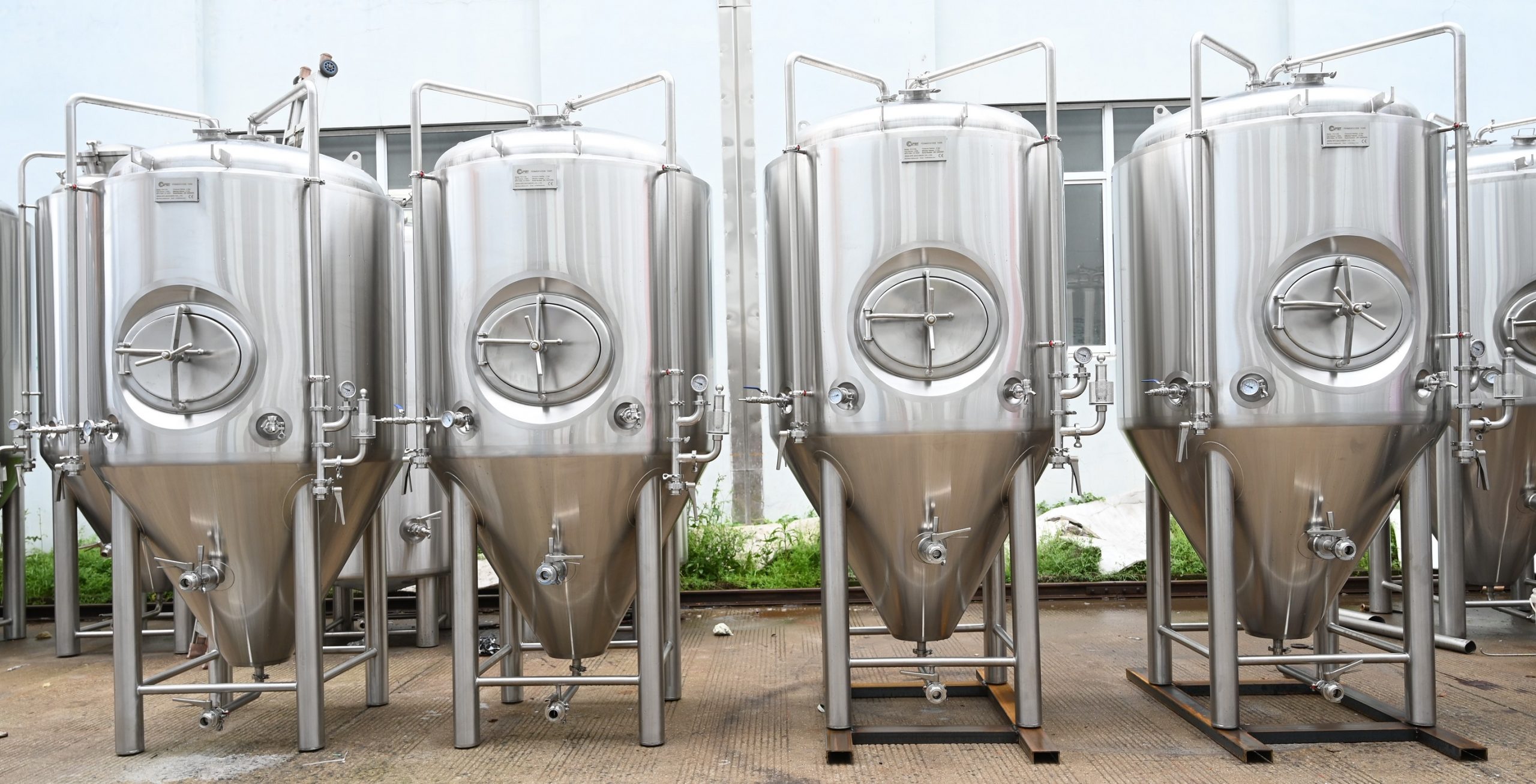
How Much Beer Left After Racking From The Beer Unitanks ?

The amount of beer left after racking from beer Unitanks can vary depending on several factors, including the design and configuration of the Unitank, the skill of the brewer, and the specific racking process used.
Racking is the process of transferring beer from one vessel to another, typically from the fermentation vessel (Unitank) to a secondary vessel like a keg or a bright tank for conditioning, carbonation, or packaging. During this process, it’s normal to leave some beer behind in the beer Unitank, along with other unwanted elements such as yeast sediment and trub.
On average, when properly racked, you can expect to leave behind anywhere from 0.5% to 2% of the total beer volume in the beer Unitank. For commercial breweries, this small loss is often acceptable and factored into their production calculations. For homebrewers, the loss may be slightly higher due to equipment differences and less precise racking methods.
To minimize the amount of beer left behind, here are some tips:
1.Proper Racking Technique: Use a siphon or a pump to carefully transfer the beer, leaving behind as much sediment as possible.
2.Tilt the Unitank: If your beer Unitank has a cone-shaped bottom, tilting it slightly during racking can help to access more beer without picking up excess sediment.
3.Use Racking Arm or Bottom Valve: Many beer Unitanks have a racking arm or a bottom valve that allows you to draw beer from above the sediment line.
4.Settling Time: Give the beer sufficient time to settle in the beer Unitank before racking. This allows more sediment to settle at the bottom, leaving clearer beer above.
5.Consider Filtering: Some commercial breweries use filtering systems to remove more sediment before racking, reducing the loss.

It’s essential to strike a balance between getting the most beer out of the ber Unitank and leaving behind unwanted trub and yeast sediment, as these can negatively impact the taste and quality of the final product. Proper racking practices, along with a well-designed Unitank, can help achieve this balance and minimize beer loss.


















